
When it comes to turmoil, the 2024 U.S. presidential election has few rivals. The race, which will culminate in a new president-elect after Nov. 5, has for months been steeped in drama, surprising turnabouts and near tragedy. Media influence on politics has played a critical role in shaping public perception, adding layers of complexity to issues like misinformation, polarization, and violent rhetoric. Against a backdrop of assassination attempts and international strife, this election has challenged pollsters, fatigued — and also energized — voters, and upended the campaigns and the candidates themselves.
To understand how this election has created a new landscape for political coverage, we spoke with five professors from the UO School of Journalism and Communication (SOJC) who shared seven trends that illustrate the media’s influence on politics.
1. Newfound election enthusiasm replaces news fatigue and news avoidance.
For the bulk of the 2024 election cycle — when the race was between the two oldest party nominees in history — news fatigue and news avoidance limited the type and amount of information that people, especially younger voters, were getting.
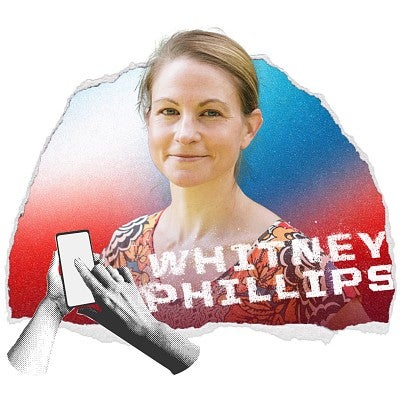
Even those who did not spend a lot of time scrolling traditional news sources were burning out, said Whitney Phillips, SOJC assistant professor of digital platforms and ethics.
“News fatigue is when there are so many articles and angles to keep up with, and it’s all so upsetting and depressing,” Phillips said. “That can 100% lead a person down the road to overwhelm. But a person can end up having that same experience just by getting too many text messages.”
Burnout may have also been the reason Phillips noticed people were having fewer conversations about election news. If people tune out because news sources are not delivering what consumers want, that’s an indication that the agenda-setting function of the news media is not what it used to be.
“There's often a disconnect between what the average person is consuming and what cable news producers are producing,” she said.
However, Regina Lawrence, associate dean of SOJC Portland and research director of the SOJC’s Agora Journalism Center, acknowledges that when Kamala Harris became the nominee, election enthusiasm spiked and news coverage ramped up. The Harris-Trump debate drew more than 67 million viewers, and the percentage of Americans who say they are following election news at least somewhat closely has increased since Joe Biden dropped out of the race, according to the Pew Research Center.
“While many people are probably still feeling news fatigue regarding the election, the last-minute shake-up of the race has ignited new enthusiasm among many other voters,” Lawrence said.
2. Media report on the horse race instead of policy-related issues.
Journalists and media shape election coverage by deciding which candidates to cover and how to cover them, often focusing on the two leading candidates in a horse race: who’s winning vs. who’s losing.
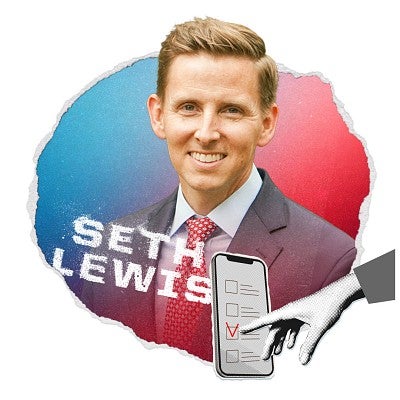
But that’s usually not the best approach, said Seth Lewis, SOJC’s Shirley Papé Chair in Emerging Media and journalism area director.
“Journalists become too fixated on the contest and the game as opposed to understanding the broader array of issues that are not just about who's winning or losing, but rather what people actually care about,” Lewis said.
Lewis, whose research focuses on perceptions of media bias and other topics related to elections, encourages journalists to cover policy-related issues and substantive topics that people want to know about, particularly if that means putting less focus on who’s winning.
“There could be a big gap between what ordinary people care about and what politicians think they care about,” he said.
Lewis echoes New York University Professor Jay Rosen’s mantra, “not the odds, but the stakes.” Rosen has been urging newsrooms across the country to organize campaign coverage around the stakes of the election rather than the contest alone.
“The stakes refer to the impact on American democracy and what might happen as a result of the election,” Lewis said. “How will life or the world or a country be different if Person A is elected versus Person B? Ultimately, that is more important than who happens to be ahead by two or three points in a given political poll.”
3. Mental health affects media consumption.
The relationship between mental health and communication is something Phillips has spent a lot of time studying and now is reflecting on as she teaches a generation with historically high expectations and stressors.
“The more stressed out we are, the less effective and generous our communication practices tend to be,” she said. “We get overwhelmed, and the fight/flee/freeze response really affects how we communicate. People get really reactive, and they yell, but one of the more underappreciated consequences of that level of stress and overwhelm is that people shut down. That happens in actual survival moments, but it also happens in terms of communication.”
This is a form of news avoidance. Many Americans have not fully processed everything that’s happened since 2020 — including COVID, the last presidential election, election denialism, the Jan. 6 insurrection and racial unrest — Phillips said.
After all that turmoil, people were expected to get back to normal, she said.
“There are too many things happening in the world, and many people end up having a shutdown response,” Phillips said. “That can be just as corrosive to democratic participation as all of the screaming.”
The shutdown response, Phillips explained, comes with consequences.
“My students often admit to avoiding political discussions or avoiding the news because they're too overwhelmed,” Phillips said. “I have heard similar things from friends and family. This makes sense; sometimes we need to step back. But what do you do if huge segments of the country just can't engage in critical moments? How does that work within a deliberative democracy?”
To prevent the shutdown response, Phillips encourages people to take care of their mental health, especially during election season.
“How can you keep yourself as healthy as possible so that you can keep showing up and keep engaging with stories that are only going to get increasingly weirder?” she asked.
4. Partisan media limits balanced news coverage.
Did voters become more polarized as more sources of partisan media emerged, or was it the other way around? It’s a chicken-and-egg scenario that might be hard to ever figure out. But it’s clear that both the number of partisan news sources and the amount of polarization among voters have skyrocketed in the past two decades as the number of new media formats has exploded.
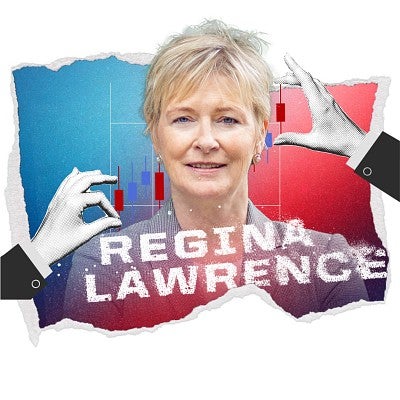
As a result, many voters choose news sources that skew toward their already-cemented views, preventing themselves from getting a balanced view.
“Fox covered the trial of Donald Trump comparatively less than the other television networks,” Lawrence pointed out. “That's an example of media outlets deciding how they're going to cover a particular individual based on partisanship.”
There are partisan media outlets on both sides of the political spectrum, but many people only notice bias from beliefs that conflict with their own. This is what researchers refer to as the “hostile media phenomenon,” Lawrence said. “The bias we notice in the news is usually the bias we disagree with,” Lawrence said.
“Many conservatives feel the mainstream media have a strong liberal bias and shape their coverage based on partisan considerations,” she said. “Those news organizations would say they’re trying to play it straight down the middle. It's a good reminder that the question of bias is all in the eye of the beholder.”
Even if voters are not relying on the media to sway their views, news outlets still have an important role, she said.
“The way media will matter is in ginning up what people already believe and are passionate about — the things they're angry about, fearful about, excited about, whatever it might be — and keeping that going,” Lawrence said. “That's motivation for people to turn out and vote.”
5. Polls can be confusing and may lack accuracy.
Polls get a bad rap for good reason, SOJC public relations instructor Tina McCorkindale said.
“They can be informative, yet dangerous at the same time,” she said. “I'm also seeing changes in how people respond to polls, which calls into question the validity or truthfulness of polls.” One reason is due to what has become known as the “Trump effect,” which has skewed poll samples.
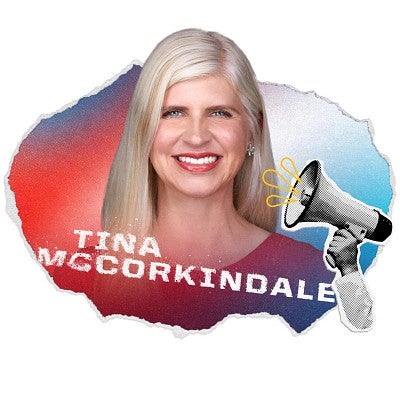
“Because there has been an increased distrust in science, people who may be far right are less likely to trust polls, so they're less likely to take polls,” McCorkindale explained. “Therefore, the people who take polls could be different from the general population.”
To understand the accuracy of polls, it’s important to know how to read a poll and what the margin of error means.
“Be very careful when reading poll results. There are multiple variables to consider when reporting poll results,” McCorkindale said. Voters should find out who filled out the survey, how it was collected, who the sponsor was and who did the polling.
“And absolutely look at the sample size because the sample size tells you the margin of error,” McCorkindale emphasized. “The margin of error tells you how confident the range of results is.”
She continued, “Also, know how they ask the question. Sometimes polls can prime people with questions depending on the order in which they are presented, and people change their minds all the time, which is why poll numbers vary over time.”
6. Candidates are using social media to control the message.
With social media, candidates can reach voters directly without relying on the traditional news media as a filter, amplifying social media’s role in the election.
“The mainstream media probably matter less and less in terms of how people are engaging with elections,” Lawrence said.
As more voters get their news from social media, journalists are turning to platforms like X (formerly Twitter) to monitor voter opinion, Lawrence said.
“Political journalists tend to pay a lot of attention to X because they know that it's a really efficient way to hear from opinion leaders and state and local reporters, and get a read on how people are thinking and talking about the election,” Lawrence said. “The huge problem is that only a fraction of Americans say that they actually get their news regularly from X. So when reporters pay a lot of attention to it, they're actually paying close attention to a skewed representation of opinion.”
Lawrence cited the example of Trump's use of social media in 2016.
“His use of Twitter very effectively drove news coverage because it created a controversy online that journalists would report on,” Lawrence said. “It created these waves of ongoing attention to his campaign.”
Social media also has a way of shaping election narratives, Lewis said.
“There's no question that social media is the primary media through which political campaigning occurs today,” Lewis said.
It’s not just because candidates and their supporters use it, he said. It’s also the way advertising is conducted.
“Political advertising was once most prominent through television commercials, and those still matter to a degree, but the fact is not as many people are watching traditional linear television anymore. They’re on YouTube, Instagram or TikTok. Social media allows candidates to micro-target to reach very specific demographics of potential voters as opposed to television. It has also enabled politics to feel much more personal,” Lewis said. “Social media is a really important stage on which the political process plays out.”
7. Trolls are influencing voters.
Phillips, who researches internet trolling and has written numerous articles on the topic, said trolls from the MAGA ecosystem who rile people up with antagonistic rhetoric are having a huge impact on the election.
“That is how you go viral,” Phillips said. “You build a brand within the right-wing media ecosystem by trolling the libs the best. It's a business strategy, a political strategy and a rhetorical strategy. Also, it's fun for them.”
Phillips acknowledged that while some Trump supporters act out of grievance and anger, many find enjoyment in the conflict. “What we need to really understand is that there are a lot of people who are just enjoying themselves,” she said. “There's fun in the fight, particularly fighting liberals, and taking on this mantle of the culture wars.”
How students can engage with the 2024 election coverage
There are many ways students might engage with the 2024 election — through their coursework, interviewing fellow students, taking the time to understand the issues and becoming better-informed voters.
For students participating in their first presidential election, this is a good time to think about what it means to be a voter in this country and the rights and responsibilities connected to that, Lewis said.
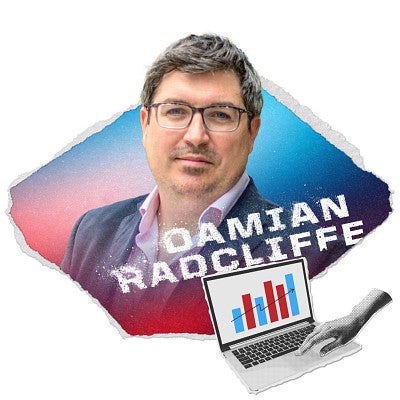
“Also, given the level of disagreement and polarization and fractious politics today, this is a good time to think about how to facilitate greater dialogue and understanding across political differences,” Lewis said. “Learning to listen with real empathy is the gateway to connection and, maybe eventually, persuasion.”
To navigate the complex information environment, Lawrence suggests that students diversify their media diet.
Likewise, Damian Radcliffe, professor of practice and Carolyn S. Chambers Professor in Journalism, encourages students to register to vote and consume news widely from a range of sources. “Consume a bunch of different perspectives, don’t just stay in an echo chamber,” he said.
Lawrence recommends students think critically about their own beliefs.
“Remember that hostile media phenomenon?” she said. “You might think that a source is great and covers everything, but that might be because they're covering it in line with your beliefs. Try your best to check yourself and to see if that's what's going on. It's an ongoing practice of reading, watching, listening, thinking critically for yourself, going back and reading, watching and listening more.”
Finally, Phillips urges students to monitor their mental health.
“Take care of yourself,” she said. “There might be this impulse that in order to be a good citizen and a good media consumer, I've got to know everything that's going on. The trick is paying attention to what you are experiencing emotionally and psychologically when you engage with news or have conversations with friends, and figure out how to take care of yourself, both psychologically and physically, because those two things are obviously linked.”
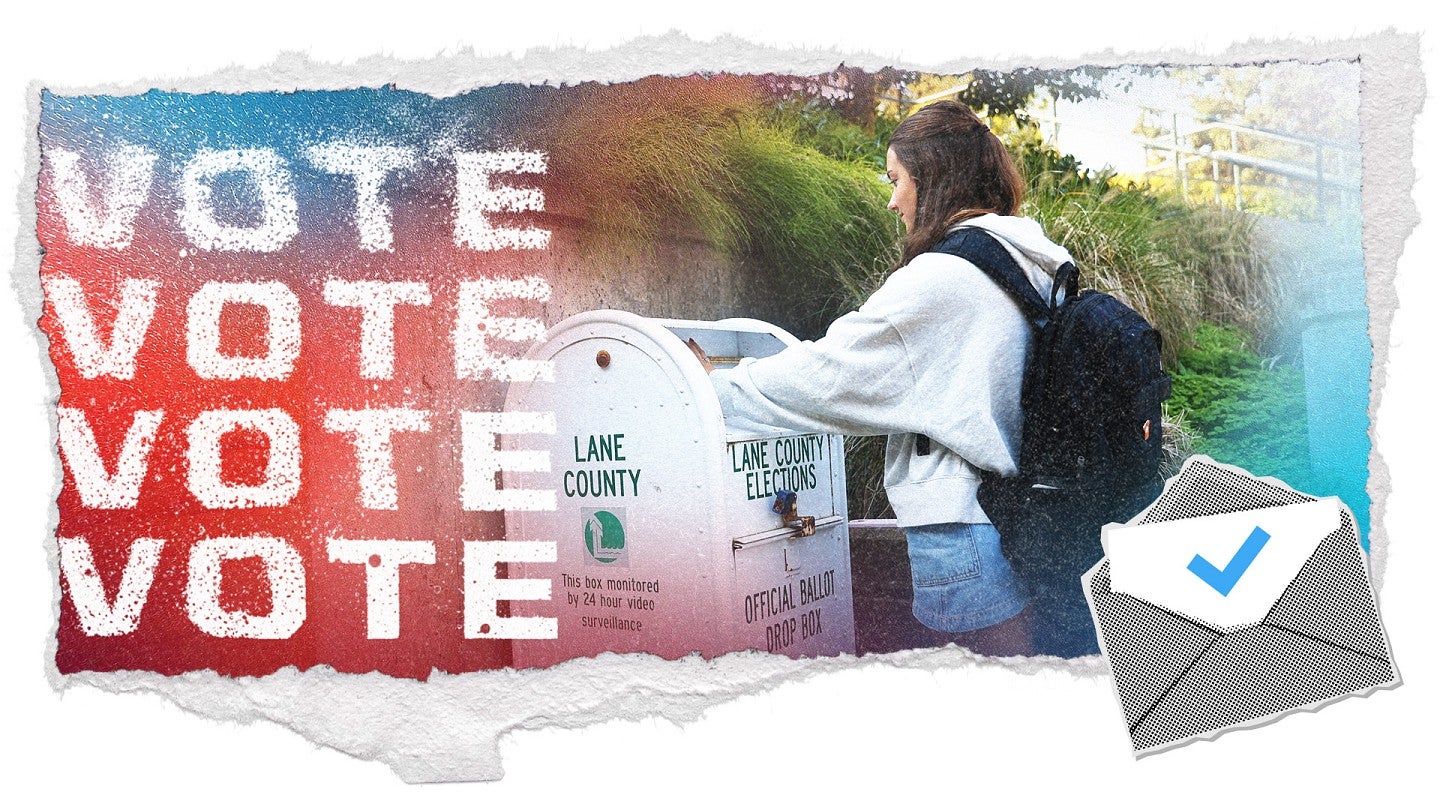
For students who have produced election coverage themselves, SOJC Instructor of Journalism and Director of the Journalism Master's Program Will Yurman launched the Election Coverage 2024 project. The website is aggregating the best election-related journalism SOJC students produce, gathering pieces mainly from class assignments, but also submitted works and already published works. To submit, contact Yurman at yurman@uoregon.edu.
—By Sydney Seymour, class of ’25
Sydney Seymour '25 (she/her/hers) is a media studies major minoring in ethics. She is a writing intern for the SOJC and the editor-in-chief of Align Magazine. Connect with her on LinkedIn.
Ella Norton ’24 contributed reporting to this article.
